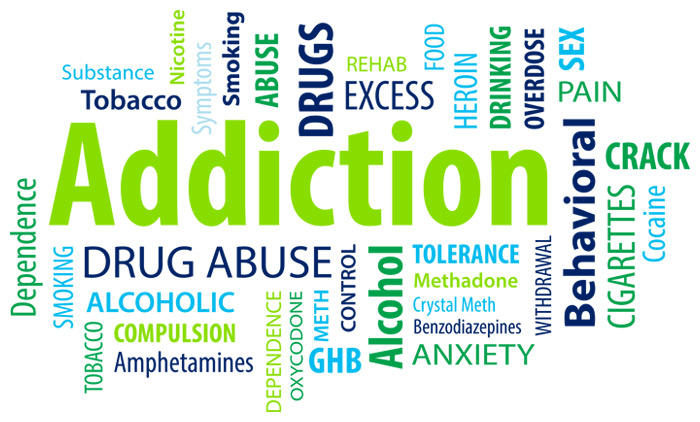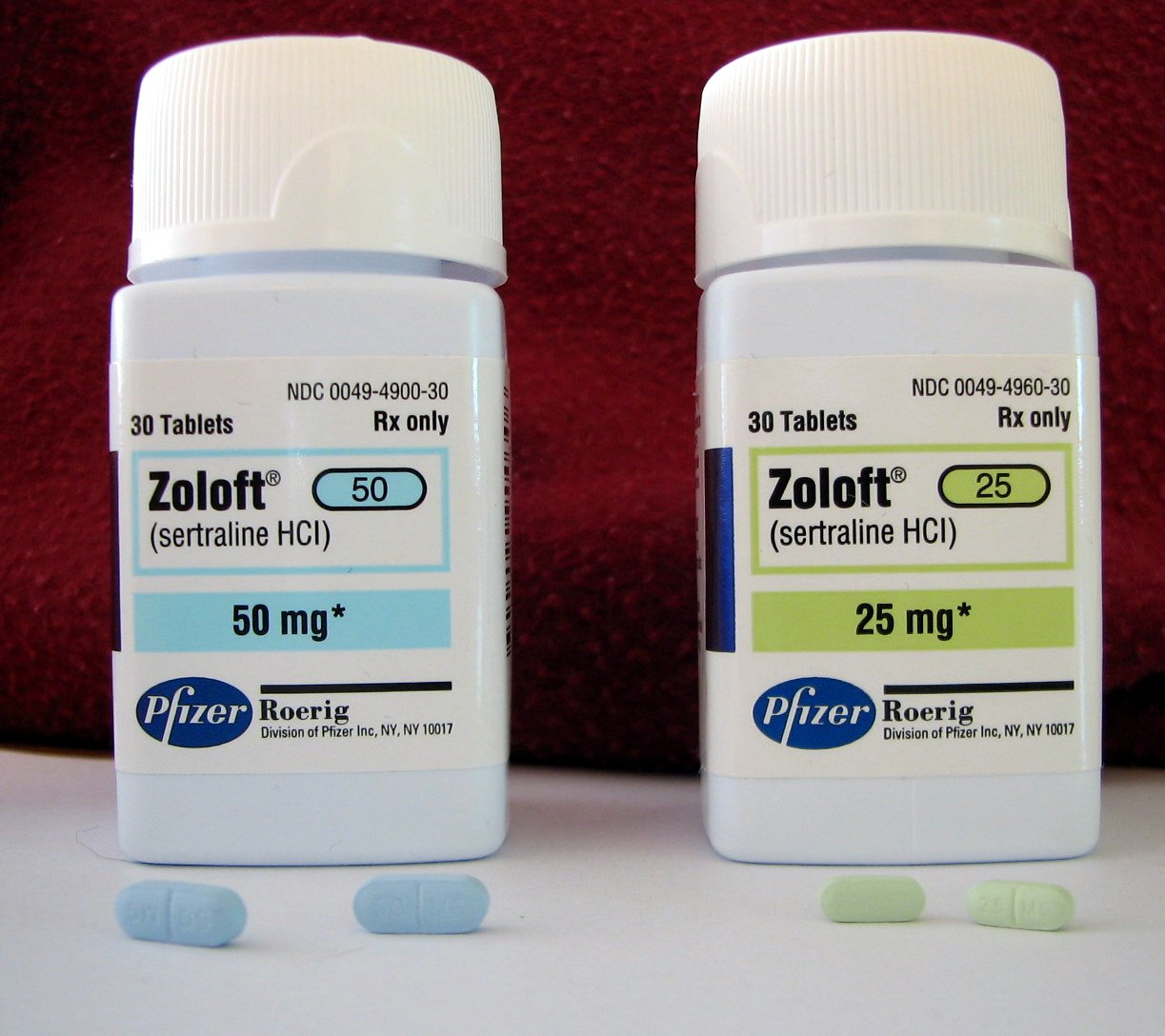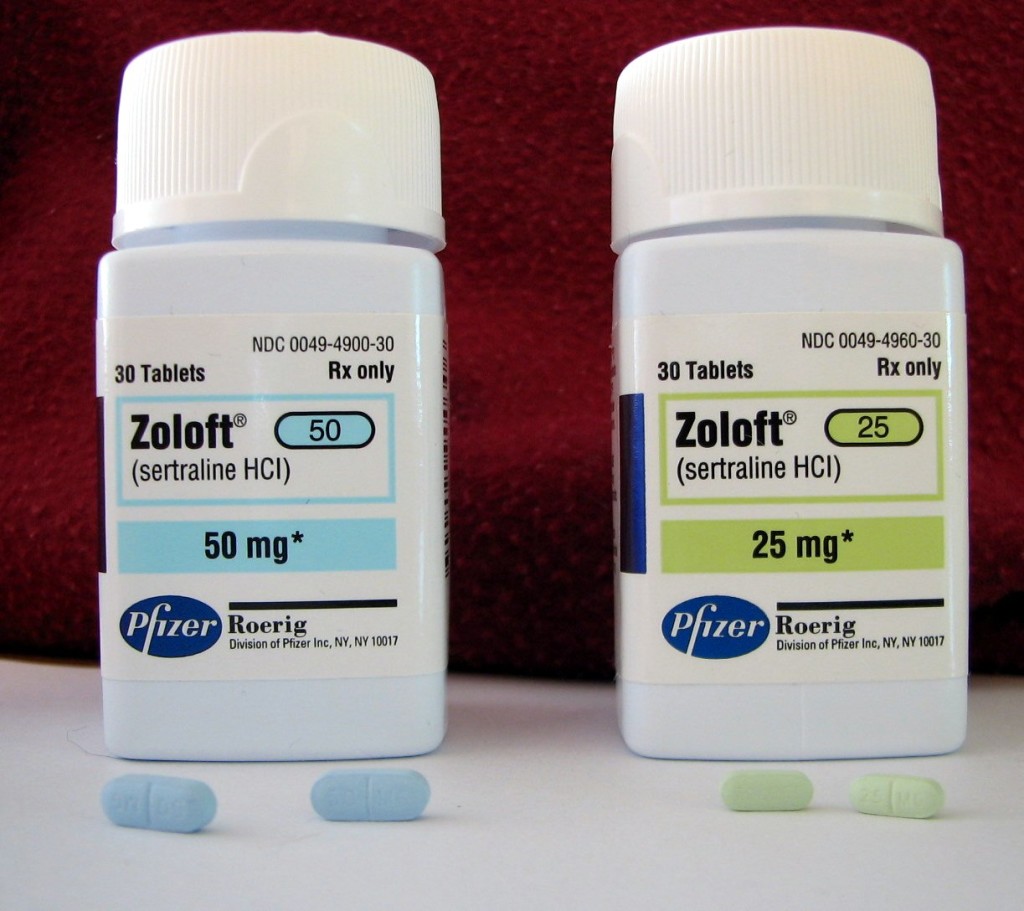Creating an Understanding of Drug Abuse and Drug Addiction
Drug addiction has for a long time been confused with lack of moral principles. In fact, there are a few claims that it can be controlled by change of behaviour. The truth is, quitting a drug is one of the most difficult tasks you can give an addict. Unlike any other diseases, it takes control of your whole body. And before you know it, you’ll have lost your job; you won’t be in a position to take care of your family or the worst, you’ll have turned into a criminal. In short, once you are an addict, it will take more than your inner being to come out of it.
What is drug addiction?
Drug addiction can be simply defined as a relapsing brain illness featuring compulsive drug use despite the obvious risks. Once you are addicted, you can’t control it and the only time you feel normal is after taking the drug. With time, the impulse to use the drug becomes intense in such a way you can’t resist.
The good news is, drug addiction has its remedies. According to several studies, practices such as meditation having behavioural therapy has proven to work for many addicts.
Just like other chronic relapsing diseases such as heart disease, drug addiction is manageable. However, depending on the steps you are willing to take, you can either refrain completely or relapse and start using the drug again. But this doesn’t mean that the treatment has failed. The right step to take when this happens is to reinstate or adjust the treatment so as to bring the addict back to his or her feet.
What does drug do to your brain?
Drugs have chemicals that invade the communication system in your brain and alter the way nerve cells work. They disrupt the way information is sent, received and processed. To do this, they can either imitate the natural chemical messengers of your brain or overstimulate its reward circuit.

For example, the structure of drugs such as heroin resembles your brain’s chemical messengers named neurotransmitters. As a result, they can confuse the receptors in your brain and stimulate nerve cells to send messages. The more you continue using the drug, the more such reaction becomes powerful. And after some time, it will appear normal to you.
Factors that influence drug addiction
Drug addiction can be influenced by many things that may include, the environment you are raised, your stage of development or your biology. However, the decision to start using the drug depends on the level of risk.
Environmental risks: The lifestyle of the people around you that might be characterized by peer pressure, sexual abuse and much more.
Biological risk: That is if the genes that you are born with encourages drug use.
Stage of development risks: The earlier you start taking a drug, the more chances you won’t be able to control it in future.
Prevention Is the Most Effective Cure
According to findings from research funded by NIDA, preventing the use of drug use in schools, families and the community is the most effective way to control drug addiction. So, it is vital for parents and teachers to educate their kids on consequences and carry out programs that will discourage them from using drugs.











